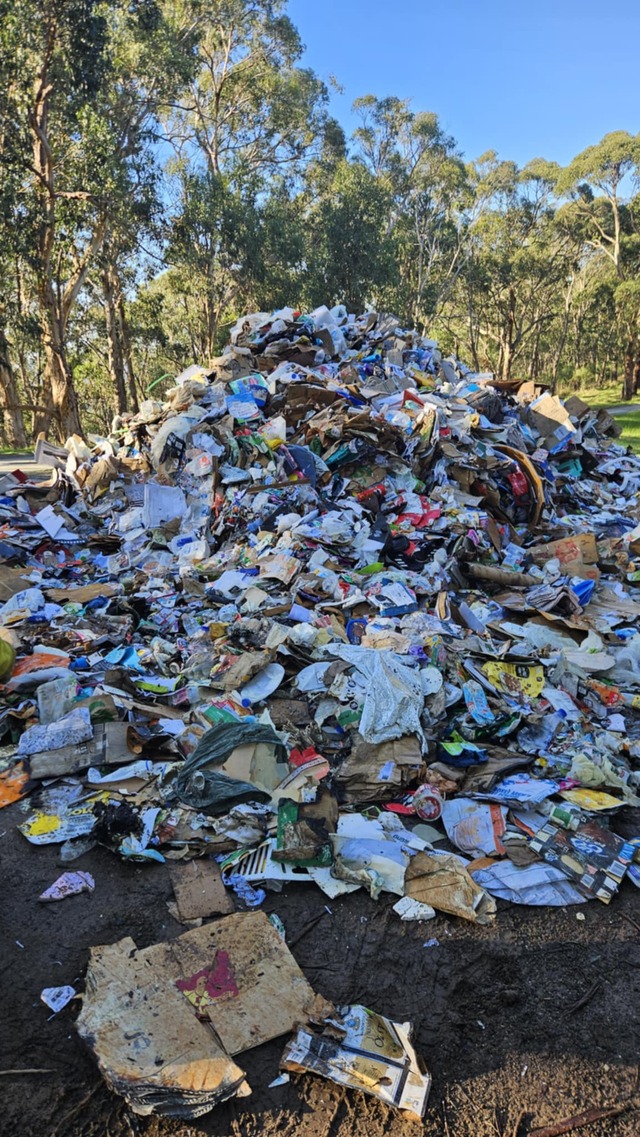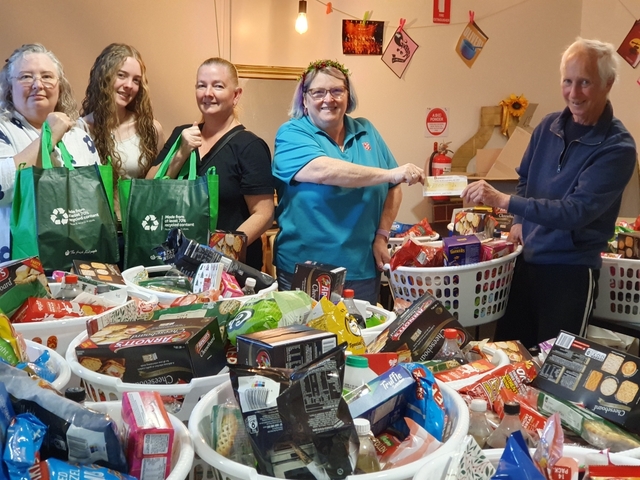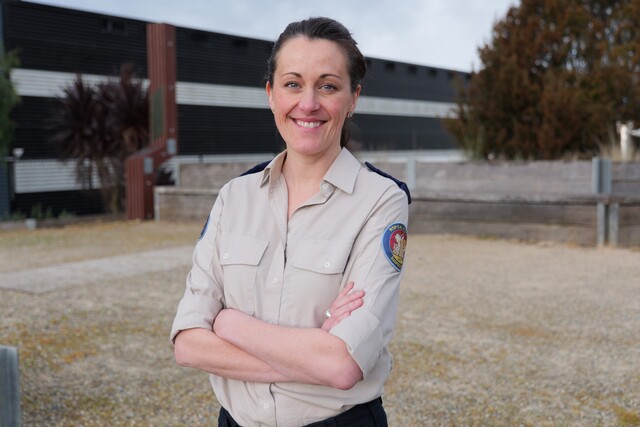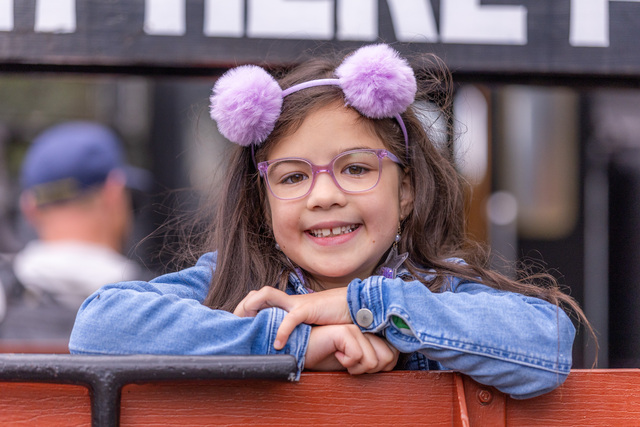A review of I Am Sasha by Anita Selzer
As the world once again feels the impact of war, Anita Selzer’s I Am Sasha is a reminder of human bravery, resilience and survival in the face of barbaric aggression.
The book is based on the true story of how the author’s grandmother Larissa and father Sasha survived the Holocaust. Born to a Jewish family in 1929 near Brody, Poland (in today’s western Ukraine), Sasha had known the meaning of “anti-Semitism” from a very young age.
The mother and son moved to Lwów (today’s Lviv in western Ukraine) in 1933. Life became increasingly difficult as Jews were limited in the professions and banned from areas of public life in Poland.
It was not just confusing but outright terrifying to young Sasha as Lwów was bombed by Germany and then seized by the Soviets before finally falling into German hands. In his eyes, the only thing constant in this ever-changing world was death.
“Mama gave up trying to hide anything at all from me now. The truth was inescapable. I saw it all around me, outside in the streets, in the faces of my aunts… I turned away and curled up under the blankets on my bed.”
By 1942, Sasha and his mother were constantly in hiding. “The terror raged outside for hours. We lost track of the time. The daylight intensified and then the light dimmed. After a while came the quiet. Not a sound. The silence was worse than the noise.”
Knowing the Nazi soldiers would order young boys to pull down their trousers to see if they were circumcised – and those who were faced execution on the spot or death in the concentration camps – Larissa came up with an ingenious plan.
To avoid suspicion, she purchased false identity papers and trained her teenage son to be a girl – his clothing, voice, hair, manners and more. In Sasha’s words: “There was no other way. Either I became a girl, or I would die.”
Thus Sasha became Sala, but the teenager was constantly in turmoil. “I felt every nerve in my body protesting against this. I would crumble at any minute. I was screaming inside. I was scared and angry and fragile.”
“And how long would it go on for? Weeks? Months? Years? How long would I have to be a girl? When could I be me again?… I’d never felt so terrified of the future before.” The author’s fictionalised account of Sasha’s journey was remarkably bittersweet, but it is Larissa’s devotion, dedication and determination as a mother that makes the story outstanding. It is a bold and heart-warming read.
I Am Sasha fulfilled Larissa’s dying wish that the world knows the stories of those lives lost and those who suffered in the darkest hours of human history. In the author’s words: “Such stories need to be kept alive. We must secure a peaceful world in the present and a peaceful future for all our children, everywhere. To do this, we must all remember our common humanity.”







